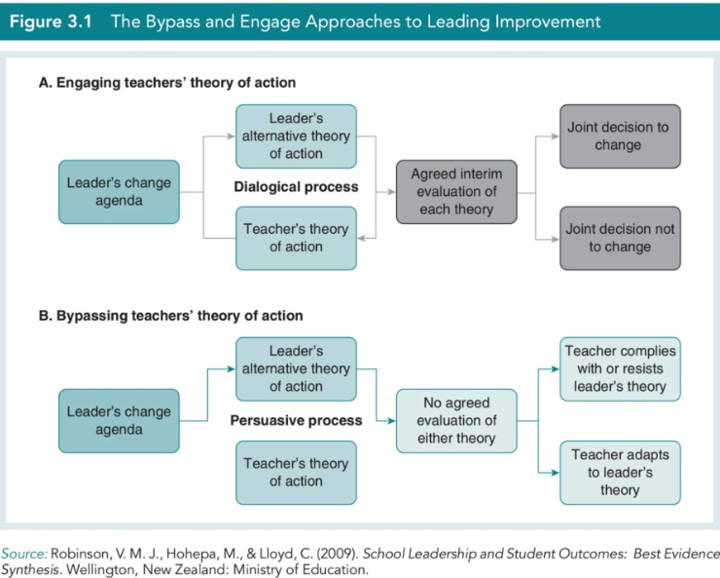#WomenEd Blogs
Curiosity will not kill this cat!
Having submitted my MEd dissertation a little over a year ago, I can now reflect on just how much I enjoyed the learning process. There is no denying that some parts were extremely difficult, and I will not be overly concerned if I never have to write about or understand research methodologies ever again; however, when examining what ensures successful coaching cultures, teams, and change processes, my research identified four common themes of curiosity, trust, relationships, and self-awareness.
Now, I will often describe myself as inherently nosy as a way of justifying the questions that I may be asking. However, this self-deprecating (or possibly undermining) behaviour belies my need to understand the "how" or "why" that lies behind a situation, process, or decision that is central to a current issue or workstream and it is that level of curiosity that leaders must model if we are to create a learning organisation. Challenging the status quo and encouraging others to challenge and question how and why things are the way they are begins to build a culture of innovation and continuous development.
"..when our curiosity is triggered, we are less likely to fall prey to confirmation bias ....... and to stereotyping people..." The Business Case for Curiosity (Francesca Gino, HBR Sept. 2018)
This curiosity, or need to understand, is also essential when we are leading specific change programmes, or school improvement strands. During times of change there will always be those who are resistant, those who actively block innovation and some who simply don't want to be a part of it and won't engage. Accepting this in advance and, if you know your staff, noting who these people are can give you a head start on finding out their WHY. Ignore them at your peril as their potential to derail any initiative or change is far greater than you might expect. Leaders cannot afford to be ostriches.
"Do not take for granted that change will lead to improvement" Reduce Change to Increase Improvement - Vivianne Robinson, Corwin, 2018
Whilst researching change models for my dissertation, one book that particularly resonated with me was Reduce Change to Increase Improvement by Vivianne Robinson.The areas of most interest to me concerned the various theories of action at play as well as the crucial differences between change and improvement. Understanding these facets of change and improvement, and how they affect behaviours, leads to Robinson's Bypass & Engagement model for improvement.
If people align with your vision, understand your strategy and the means of creating improvement or impact then they will often willingly make the changes required of them or their practice.However, when staff don't share your vision, the required change is ignored and by enforcing those changes we simply generate resentment, alienate people and create an unpleasant working environment. Bring people on a journey with you by focusing firstly on their beliefs, then by demonstrating why the strategy was chosen, why their contribution matters and how the desired impact will be observed and measured.
"Too often leaders ask others to make changes without clearly communicating and debating their arguments for doing so." Reduce Change to Increase Improvement - Vivianne Robinson, Corwin, 2018
This is where the engagement method and curiosity come together; to get these blockers to see your need for a new theory of action you must first invest time in fully understanding their point of view and their current theory of action. This ensures that they feel their opinion is valued and it may even result in new understanding for the leader. Being curious about WHY people accept or reject ideas is simply part of the challenge cycle. Challenge should not be a one-way leadership construct; do not challenge other people or ideas if you are not prepared to be challenged in return.
In short, curiosity needs to be valued and encouraged; it should be viewed as a core element of continuous improvement, innovation, and the creation of learning and inclusive cultures.
Curiosity combined with self-awareness, trust and building relationships helps to create and sustain the high-performance teams that we all need as leaders.
When you subscribe to the blog, we will send you an e-mail when there are new updates on the site so you wouldn't miss them.


Comments